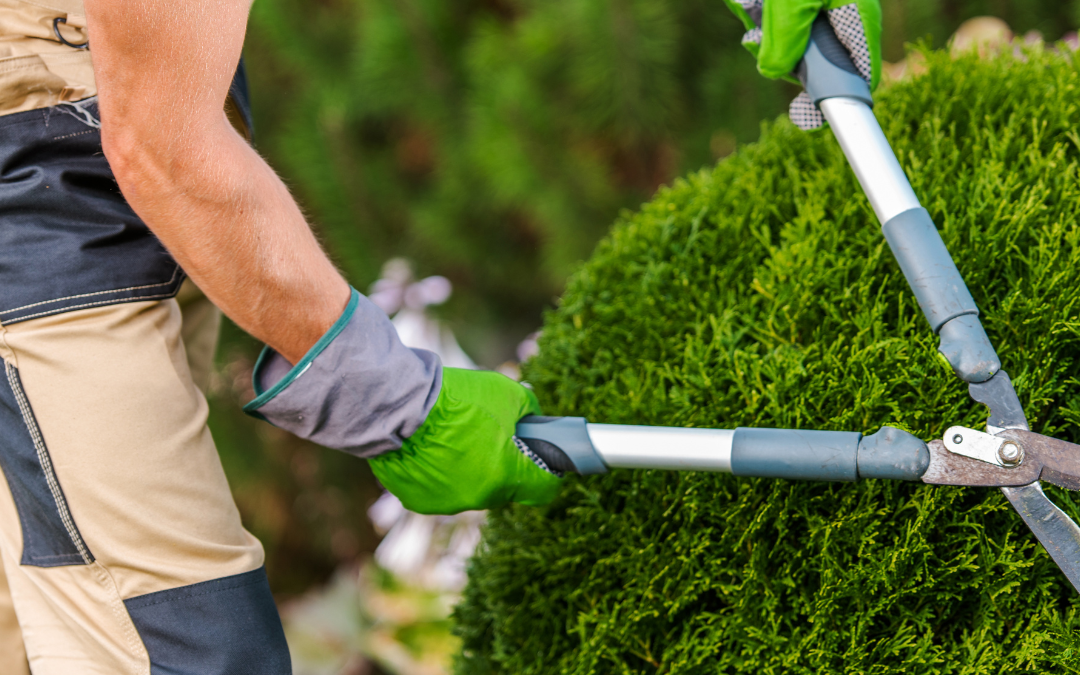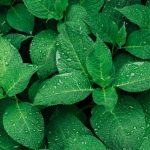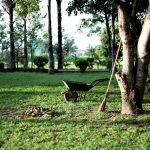Preventing pruning errors is important! Here are just a few of the many reasons why:
#1 Energy Deprivation
Avoiding pruning mistakes is crucial because improper pruning can remove the leaves essential for the shrub to produce energy for itself.
#2 Increased Growth & Maintenance
Believe it or not, excessive pruning actually makes your shrubs grow faster, which equals MORE maintenance, so you want to avoid this.
#3 Water Demands
Like point number 2, it’s important not to prune shrubs too frequently because doing so will increase their water requirements to compensate for the lost foliage.
#4 Shortened Lifespan
Repeatedly shearing your shrubs will reduce their lifespan.
#5 Aesthetic Impact
Green masses resembling blobs are unattractive compared to flowering shrubs’ beauty.
Now, let’s dive into how to prune your shrubs correctly. Remember, rejuvenation or renewal pruning is necessary only every 3 to 5 years, when the plant starts to overgrow, experiences a noticeable decline in flowering, or has numerous dead branches beneath the outer layer of growth and flowers.
When Should You Do Rejuvenation Pruning?
Explore this helpful pruning guide to learn what to prune when. Most native shrubs like Texas Sage are spring or summer-flowering and can be printed in late winter to early spring after the coldest months have passed. Refer to the guide to ensure you’re pruning your plants at the right time of the year.
What Plants Shouldn’t Be Pruned This Way?
Only multi-stemmed bushes respond positively to rejuvenation pruning. For shrubs with evergreen needles – like juniper and arborvitae – they won’t regrow if pruned this way!
Additionally, if a plant is already in poor health due to drought, disease, or pests, it might not survive the process of rejuvenation pruning.
Cassias, arborvitae, rosemary, large lavender shrubs, and junipers don’t tolerate rejuvenation pruning well. Instead, they require regular, consistent pruning to maintain their health. Feel free to contact us for more information about this specific pruning technique or assistance pruning your yard!
How to Care For A Plant After Rejuvenation Pruning
While all the benefits of pruning outweigh the risks, rejuvenation pruning does induce some stress on the plant. Therefore, it’s crucial to monitor its condition carefully. Make sure the plant receives adequate watering – especially when temperatures are beginning to increase. If your soil quality is poor, consider applying compost, although most native plants generally thrive without additional amendments. Keep a vigilant eye out for pests or diseases that could exploit the exposed pruning cuts.
Want to Know More?
To learn more about rejuvenation or other pruning methods, feel free to contact us to arrange a consultation. Additionally, you can refer to this handout from Chandler for detailed information on when to prune what. Happy pruning!









